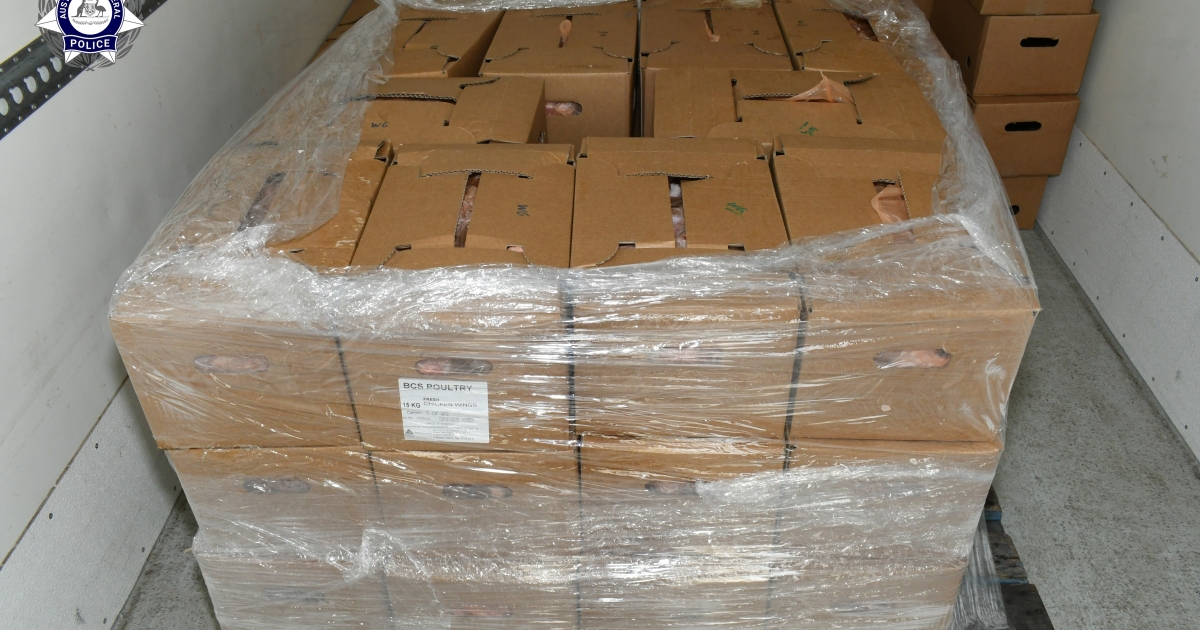The sinking of a Japanese submarine off the coast of Darwin during a fearsome WWII battle will be examined as part of a historic scientific project.
For the first time since the I-124 submarine was destroyed in January 1942, divers will descend 50 metres in a bid to capture vision of the vessel to inform future research and site management.
The submarine was part of an Imperial Japanese Navy squadron that had been waging covert operations against Australia’s north, laying mines in waters near Darwin in a bid to intercept Allied vessels and close down the port.
An unsuccessful attack on a US oil tanker in the region by a sister submarine prompted the Royal Australian Navy to send three corvettes to the scene. The I-124 fired a torpedo at the first ship to arrive, the HMAS Deloraine, which in turn detonated dozens of depth chargers in a sustained attack that sank the Japanese warship.
All 80 crew members died on board, and continue to rest in their watery grave between Darwin and Bathurst Island.
The submarine was the first wreck in Australia to be protected under the Commonwealth Historic Shipwrecks Act 1976 (now replaced by the Underwater Cultural Heritage Act 2018).
Previous surveys of the I-124 have been restricted to remote sensing which provides valuable data, but is limited in comparison to diving down to the site.
The expedition will depart Darwin on Paspaley Pearls’ research vessel Marilynne tomorrow with survey dives scheduled for 17-19 November.
The team is made up of archaeologists, technical divers, crew, a film maker, and a cultural liaison officer from the Australia-Japan Association of the Northern Territory.
A short documentary of the expedition will be launched on the anniversary of the bombing of Darwin next year.
The expedition is jointly funded by the Northern Territory Government and Commonwealth Government’s Underwater Cultural Heritage Program.
Quotes attributable to Minister for Arts, Culture and Heritage Chansey Paech:
“The Territory Labor Government values our heritage, and this expedition will reveal new information about one of our most important maritime history sites.
“By sending experts down to the wreck, we give ourselves the best chance to get the most accurate picture of what happened 80 years ago, and the condition of the wreck today.
“This expedition is critical to understanding the role that the Northern Territory played in the defence of Australia during the WWII, and will help inform how we protect and maintain this important historic site, now and into the future.”
Quotes attributable to Commonwealth Minister for the Environment and Water Tanya Plibersek:
“The wreckage of the I-124 submarine is an iconic reminder of our history, and this expedition will hopefully provide new information about how we can care for this site.
“These events during WWII were a pivotal moment in the history of modern Australia, shaping the lives of all those living at the time.
“As well as an important site for Australia, we need to reflect on the historical significance of this site for the Japanese people – with whom we share a warm relationship today.”








